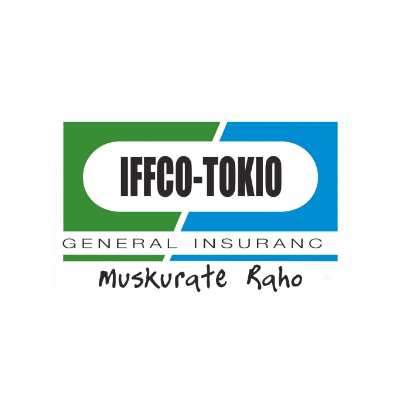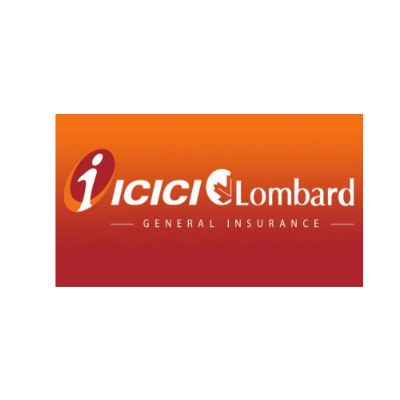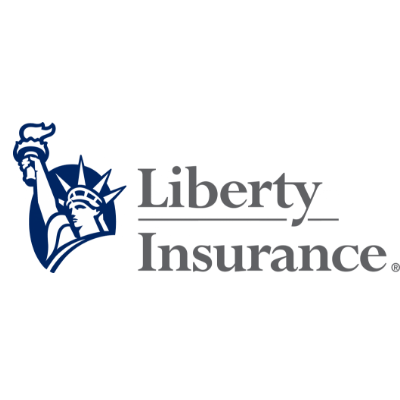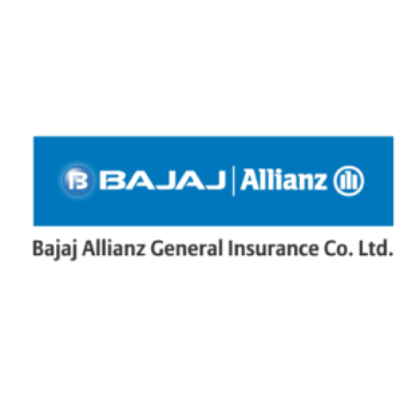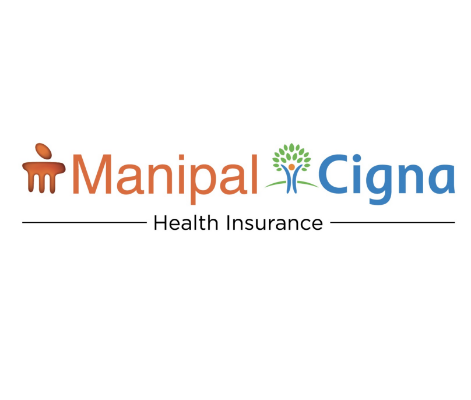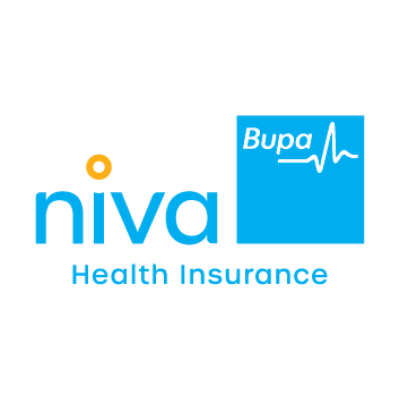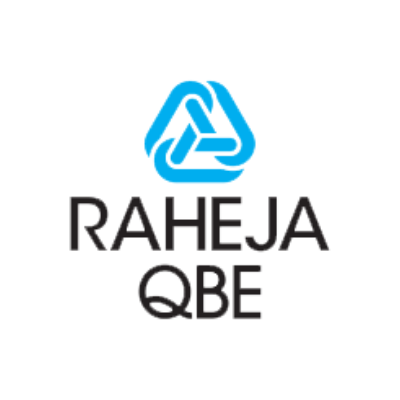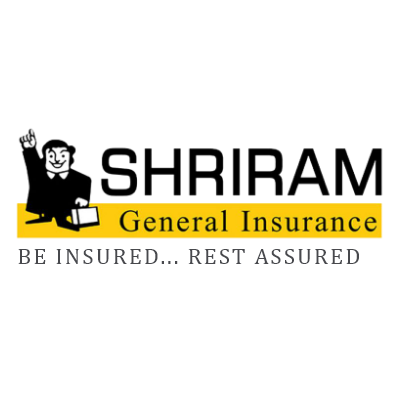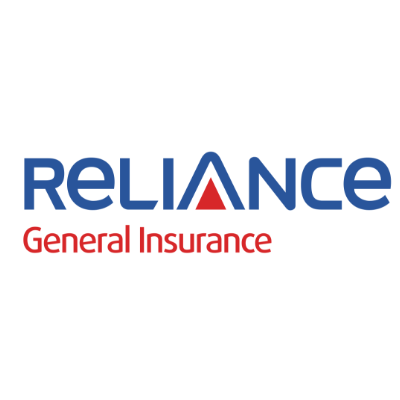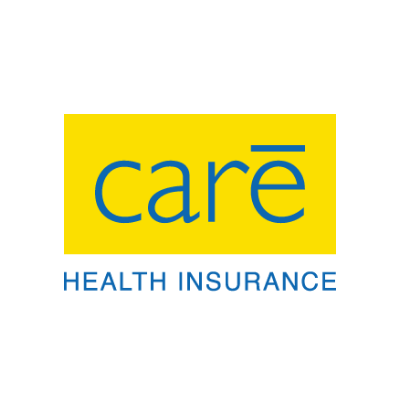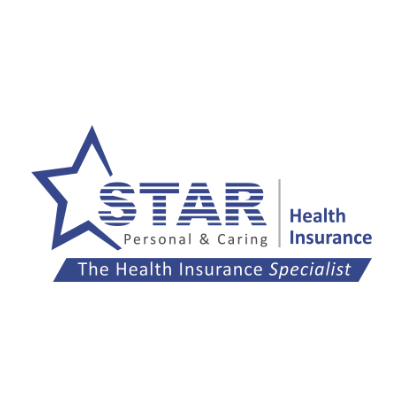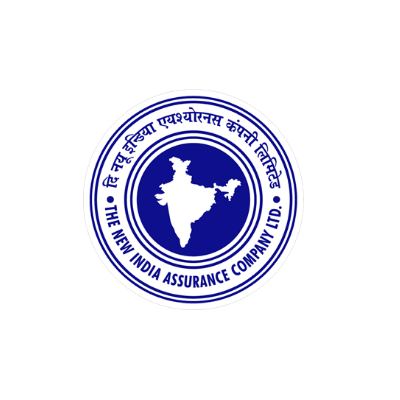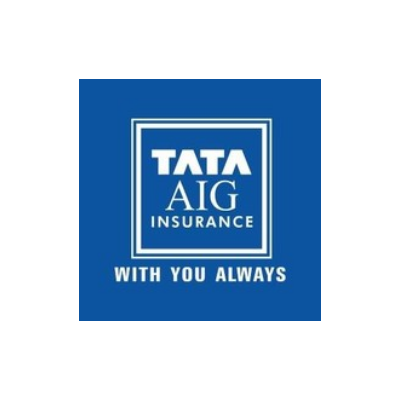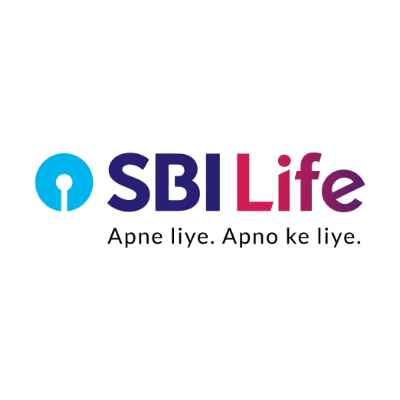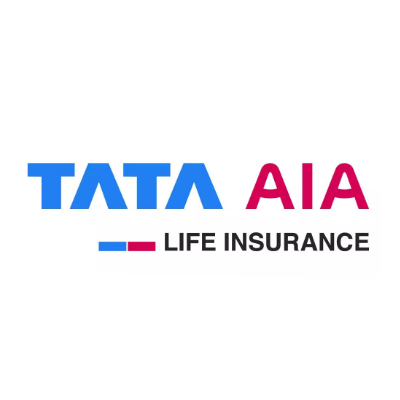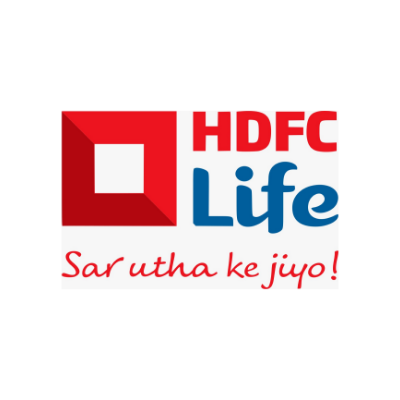CASHLESS HOSPITALIZATION IN HEALTH INSURANCE
Healthcare insurance plans come with two options, reimbursement or cashless hospitalization. Under reimbursement, the hospitalization and medical bills need to be paid by the policyholder first and then after submission of all the proof of documents, the money gets reimbursed to the policyholder. In case of cashless hospitalization, the policyholder has to necessarily take admission into a network hospital so that all the hospitalization and medical bills are covered by the insurer directly and immediately.Cashless hospitalization is aimed to handle pressure in case of an emergency.
Cashless Hospitalization Procedure
When it comes to cashless hospitalization, insurance companies have tie-ups with different hospitals and medical facilities providers also known as the cashless network. So, in case of emergency and when you avail of any medical treatment, you do not have to pay any money to such a hospital. The insurance company uses a third-party administrator or TPA to coordinate with the hospital and you, as the policyholder while directly settling the dues without any hassle or stress. However, keep in mind, you need to opt for a hospital that is within the insurance company's network of hospitals and the amount is limited to a maximum of the sum assured under your health insurance policy.
How Does Cashless Hospitalisation Work?
In case there is an emergency situation, under cashless hospitalization, all you need to do is go to the network hospital of the insurance company and show your health insurance policy details along with your coverage and limit information. Then, fill out the authorization form available at the insurance desk to speed up the process.
In case you are having a planned medical surgery or hospitalization then you need to check your policy document or check with your insurance company to know the network hospitals. Fill in the procure pre-authorization form from the insurance desk at the hospital or get from the TPA. Such form needs to be duly filled by the patient as well as the physician. Once the form and relevant documents submitted are verified and approved by the TPA, the amount is transferred for your sanctioned medical treatment. For cashless hospitalization,the insurance company pays for pre and post hospitalization expenses.
Benefits of Cashless Hospitalization
While cashless hospitalization needs you to opt for a network hospital only which is registered with your insurance company, there are many benefits cashless hospitalization holds, let’s take a look at the advantages of cashless hospitalization;
- No worry about finances in case of hospitalization or emergency
- Peace of mind at a challenging time
- Assurance of best medical treatment
- Adequate coverage guarantee
- Cashless hospitalization is applicable to self as well as family
- Lesser documentation
- Quicker settlement process
- Coverage while travelling
Steps in Cashless Hospitalization Claim
Cashless hospitalization claim procedure is a very simple process. All it requires for you is to follow these easy steps;
Step 1. Hospitalization at any network hospital
Step 2. Avail cashless hospitalization facility
Step 3. Submission of all relevant documents
Step 4. Await authorization from TPA
Step 5. Settlement of claim on approval
Step 6. Status update on final claim settlement
Cashless Hospitalization Segregations
Understanding how cashless hospitalization works, it is significant to know what are its inclusions and exclusions as well. Let’s take a look.
Cashless Hospitalization Inclusions:
- Pre And Post Hospitalisation expenses
- In-patient care related treatments
- Day-care treatment like cataract surgery or chemotherapy
- Ambulance services to reach the hospital
- Domiciliary treatment expenses
- Health or medical check-ups
Cashless Hospitalization Exclusions:
- Injuries due to attempted suicide
- Self-inflicted injuries
- Except accidents, any treatment or medical expenses incurred within 30 days from the start date of the policy
- Medical treatments related to congenital diseases
- Expenses related to the consumption or misuse of alcohol or drugs
- Treatment arising from abortion or miscarriage
Cashless Hospitalisation Documentation
Here is a list of documents that are required for Cashless Hospitalisation. To avail or to initiate cashless hospitalisation, the documents required include;
- Health insurance claim form duly filled
- Discharge summary from hospital
- Health insurance card copy
- Cancelled cheque
- All original medical bills and receipts
- All medical prescriptions and cash invoices
- Medico-Legal Certificate MLC or FIR in case of an accident
- Investigation reports such as X-rays, ECG or Laboratory tests
While choosing cashless hospitalization for your health care insurance, it is essential to read all the terms and conditions and understand the inclusions and exclusions as well. Make sure to have all your bills, reports, forms, and hospital papers in place to have the cashless hospitalization process go through smoothly and conveniently.
FAQs – Frequently Asked Questions.
Let's take a look at some frequent queries on Important Things to Know about Cashless Hospitalization;
Q. Are there different types of cashless health insurance policies in India?
Yes, there are three broad types of cashless health insurance policies in India, namely individual, family floater and senior citizen.
Q. Can cashless health insurance claims be rejected by an insurer or TPA?
Yes, cashless health insurance claims are rejected by the insurer or TPA if the medical condition for which hospitalization has occurred is not covered under the insurance policy or if the hospital is not part of the network of hospitals listed by the insurance company or if the pre-authorisation form is not submitted within the time and if it lacks any requested information.
Q. Is there a tenure for the cashless health insurance plan?
Yes, similar to other insurance plans and products, cashless health insurance generally carries a one or two year policy.
Q. Is there a limit to the number of claims allowed annually for cashless health insurance?
No, one can claim any number of times during the policy period as long as the amount is within the sum assured under the insurance policy.
Q. Are pre-existing diseases covered under cashless health insurance?
It depends on the insurance companies; some do provide pre-existing disease cover under certain terms and conditions.
Q. How to choose the best cashless health insurance plan?
While selecting your cashless health insurance plan, to make sure you chose the best, see for features like the claim settlement is quick and easy, there are a good number of hospitals under the network list of the insurer and the overall review and reputation of the insurance company. It shall help you make the right decision.
Q. Under cashless hospitalization, do I need to pay anything?
Typically, under cashless hospitalization you need not pay anything, however if your policy has the option of co-payment then at the time of claim you may have to pay a small amount from your pocket depending upon the terms and conditions set on your insurance policy. However, if your health insurance has no co-payment option then you need not pay anything from your pocket and only make sure that the hospital bill is less than your total sum insured under your insurance policy.
Q. Are OPD-related expenses covered in cashless health insurance?
While some insurers do provide OPD-related expenses covered in cashless health insurance, some don’t. So, it entirely depends on the terms and conditions of your health insurance policy.











